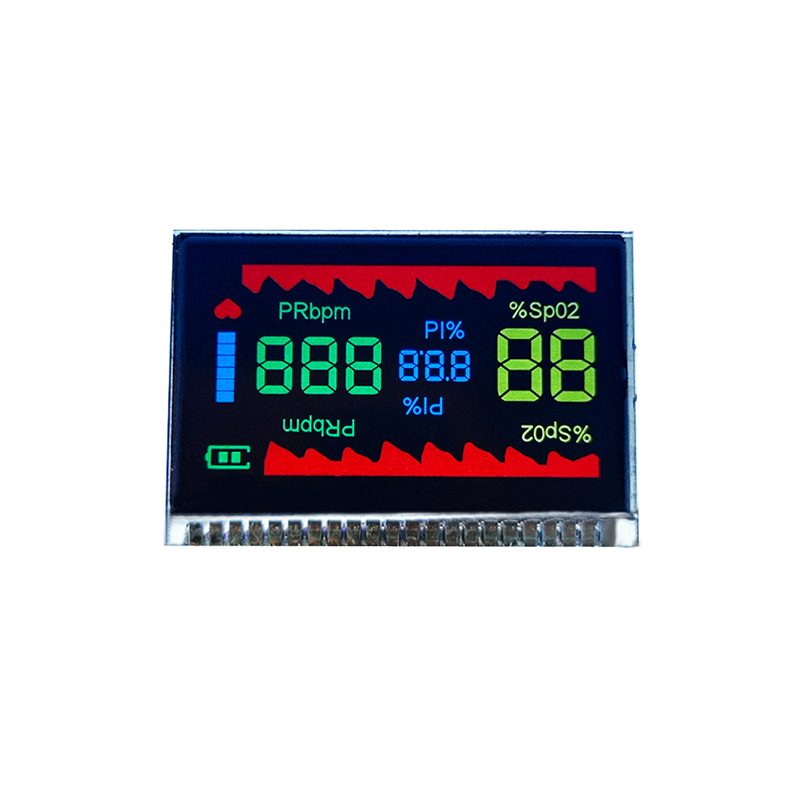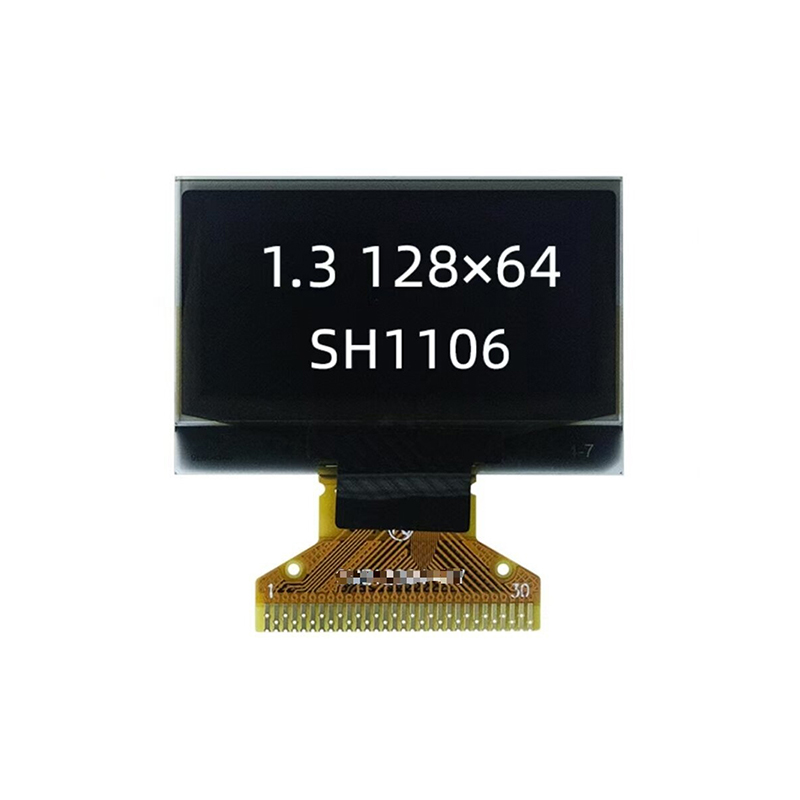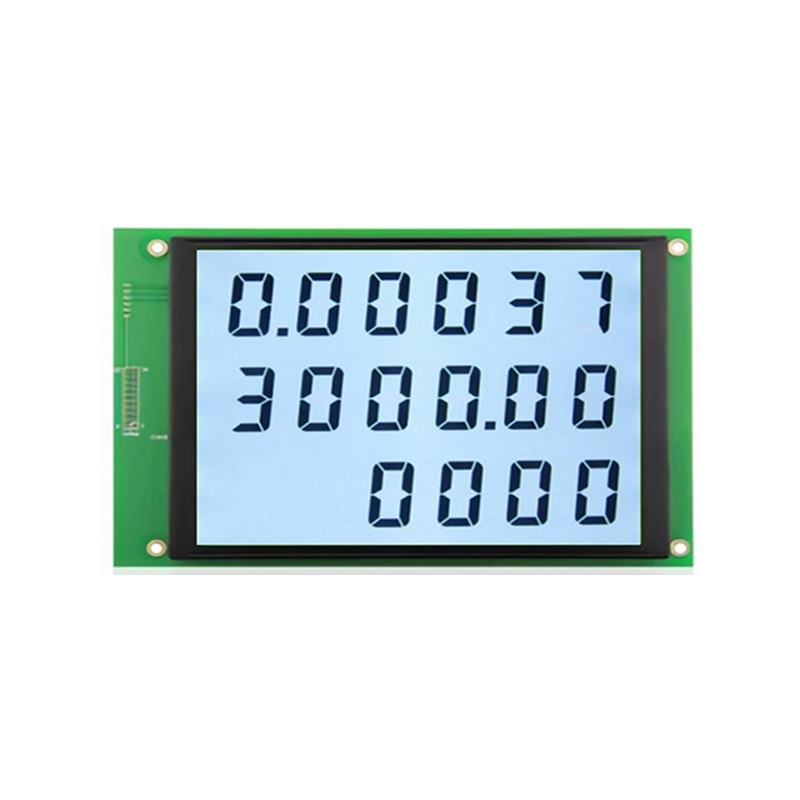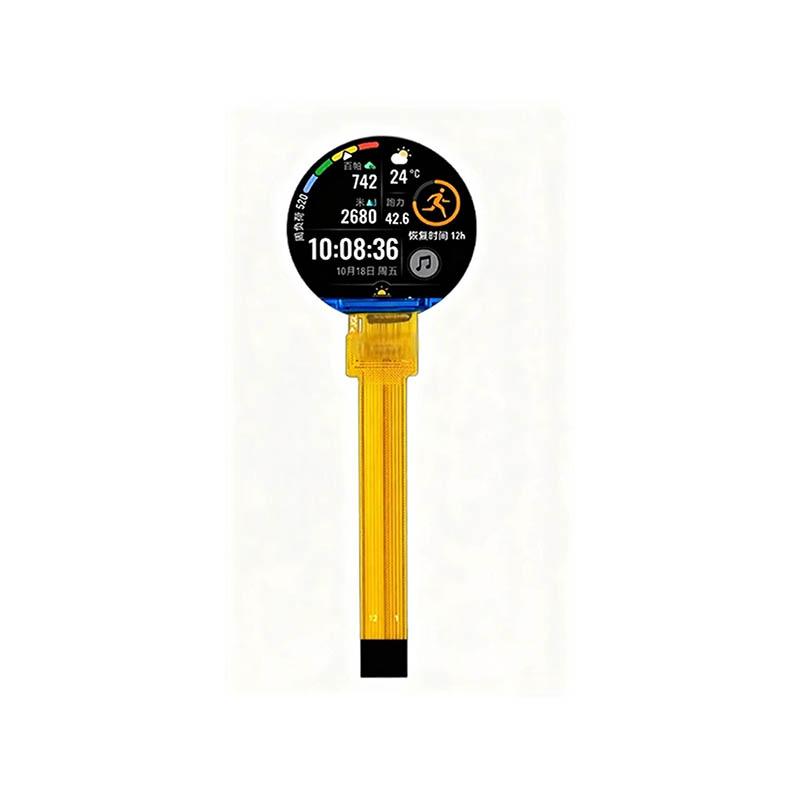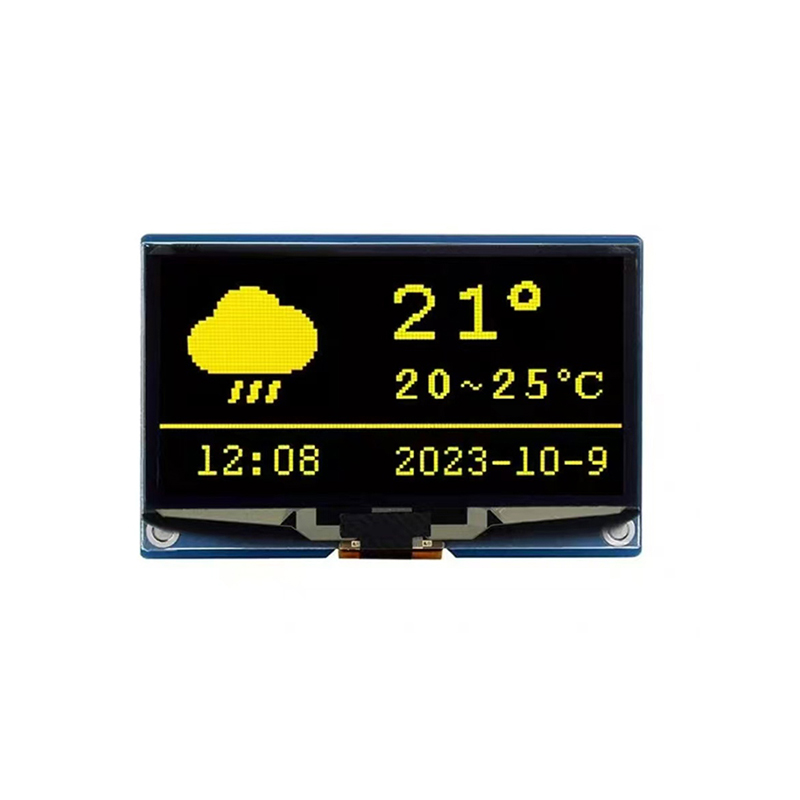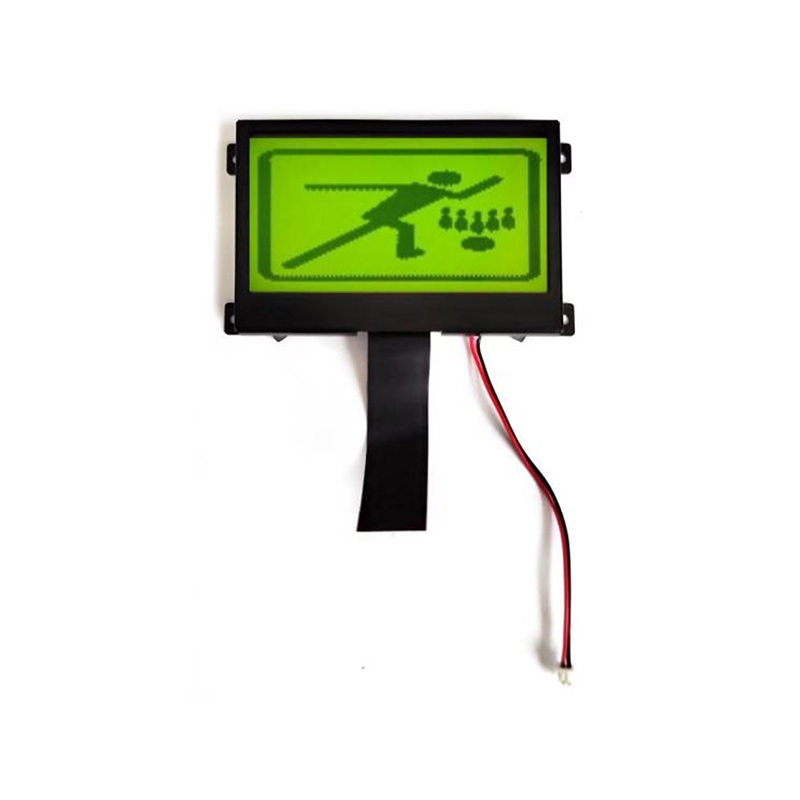
Finding the perfect AMOLED display monitor can be overwhelming given the diverse options available. This guide cuts through the noise, providing a detailed analysis of features, top-performing models, and factors to consider before making a purchase. We'll explore the advantages of AMOLED technology, examine key specifications, and offer insights to help you select the ideal monitor for your specific needs. Whether you're a graphic designer, a gamer, or simply someone who values exceptional picture quality, this guide will equip you with the knowledge necessary for a confident decision.
Active-Matrix Organic Light-Emitting Diode (AMOLED) displays are renowned for their superior picture quality. Unlike LCD screens, each pixel in an AMOLED panel emits its own light, resulting in perfect blacks, incredible contrast ratios, and vibrant colors. This technology contributes to a more immersive and visually stunning viewing experience compared to traditional LCD displays. The deep blacks achieved by AMOLED panels are unmatched, leading to superior image depth and detail.
The advantages of AMOLED display monitors include: deeper blacks, higher contrast ratios, wider color gamuts, quicker response times, and wider viewing angles. These factors combine to create a more vibrant, immersive, and responsive viewing experience compared to traditional LCD screens. The self-emissive nature of AMOLED also means less power consumption when displaying dark scenes.
Resolution dictates the sharpness and clarity of the image. Higher resolutions like 4K (3840 x 2160) provide exceptionally detailed images, ideal for tasks requiring pixel-perfect accuracy. However, higher resolutions often demand more powerful graphics cards.
The refresh rate, measured in Hertz (Hz), determines how many times the image updates per second. Higher refresh rates (e.g., 120Hz, 144Hz, or even 240Hz) result in smoother motion and reduced motion blur, particularly beneficial for gamers and users working with fast-paced video content. A 60Hz refresh rate is standard, while higher refresh rates offer a noticeable improvement in fluidity.
Response time, measured in milliseconds (ms), indicates how quickly a pixel can change color. Lower response times are crucial for minimizing ghosting and motion blur, ensuring crisp and clear images, especially important for gaming and video editing. Aim for a response time under 5ms for a smooth viewing experience.
Color accuracy is critical for professionals in fields like graphic design, photography, and video editing. Look for monitors with a wide color gamut (e.g., covering sRGB, Adobe RGB, or DCI-P3) and high color accuracy (Delta E values close to 0). Some AMOLED display monitors offer factory calibration for superior accuracy.
While specific models and availability change rapidly, reputable brands consistently produce high-quality AMOLED display monitors. Research current reviews and specifications before purchase to ensure you're choosing the most suitable model for your needs. Consider factors like screen size, resolution, refresh rate, and specific features relevant to your use case.
The best AMOLED display monitor for you depends on your individual needs and budget. Consider the factors discussed above, and prioritize the features most important to your workflow. For example, gamers might prioritize high refresh rates and response times, while graphic designers might focus on color accuracy and resolution.
Investing in a high-quality AMOLED display monitor can dramatically improve your viewing experience. By understanding the key features and considering your specific needs, you can choose a monitor that enhances your productivity and enjoyment for years to come. Remember to check current reviews and compare specifications from various reputable brands to find the perfect fit for your needs and budget.
For more information on high-quality display technology, consider visiting Dalian Eastern Display Co., Ltd. They offer a wide range of display solutions for diverse applications.


